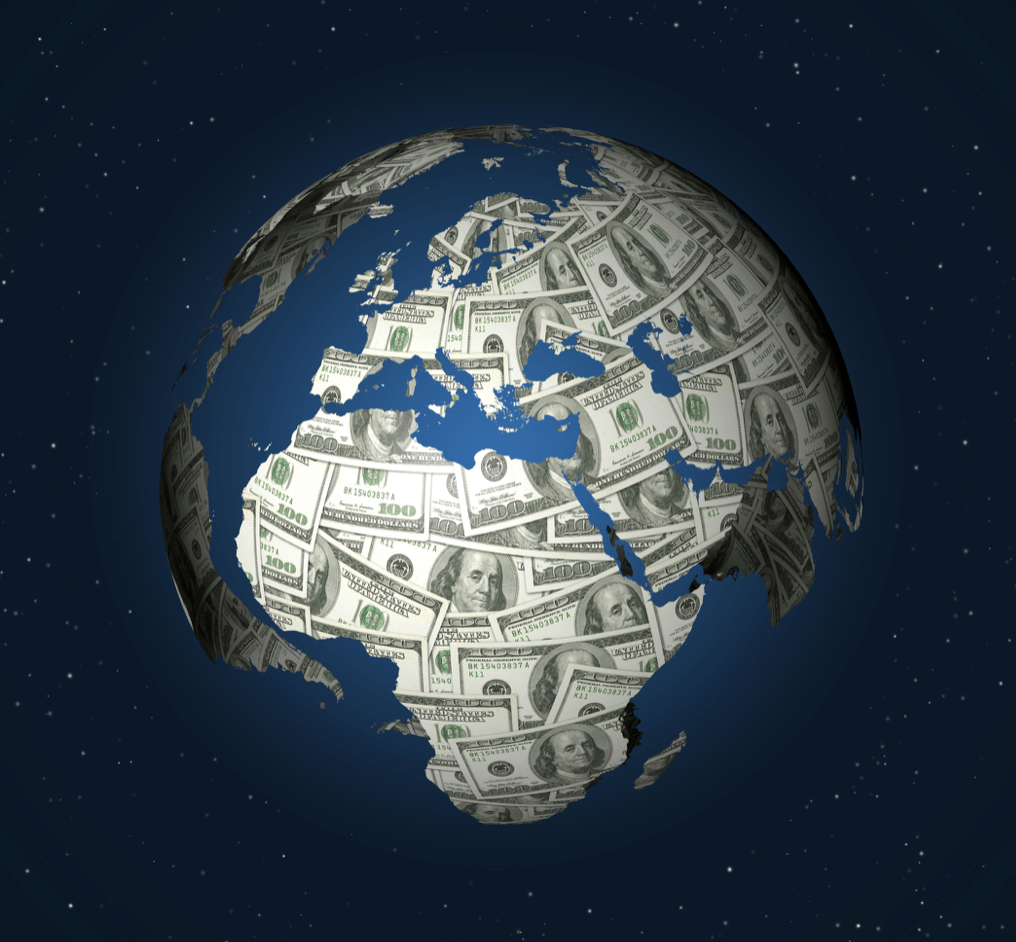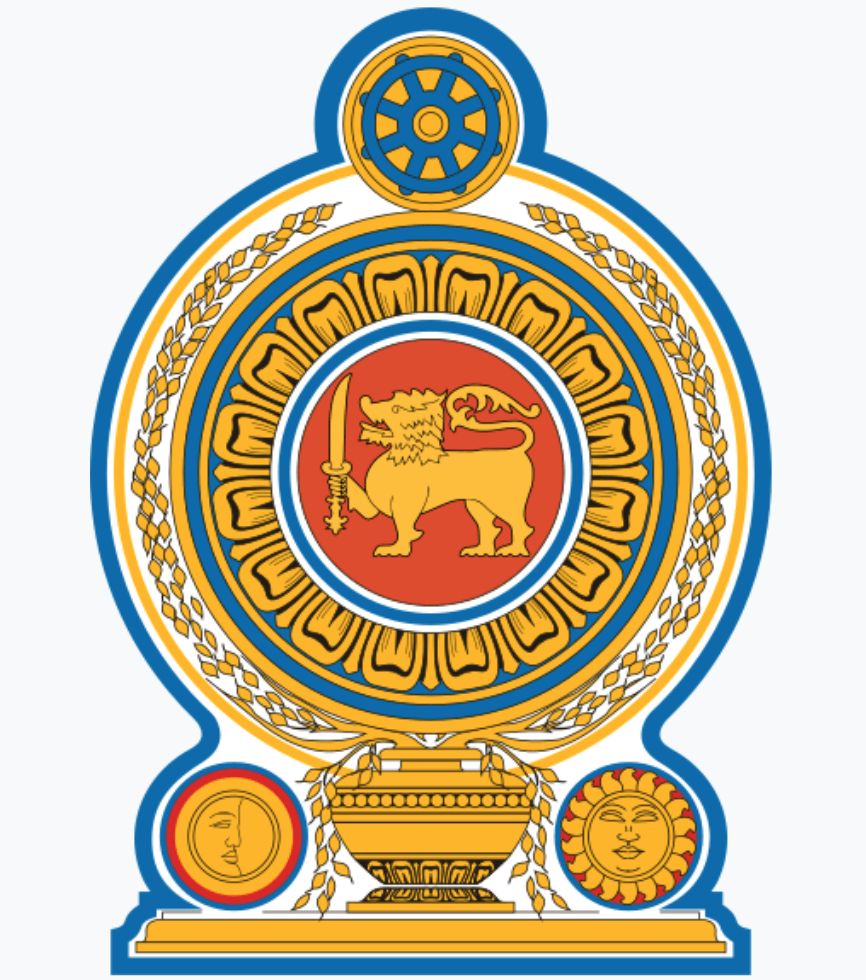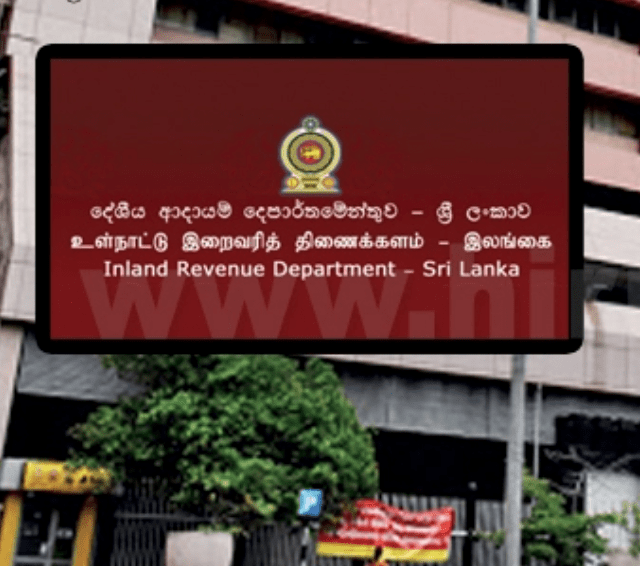Debt Justice
Multilateral, bi-lateral and private lenders dominate in setting the rules and definitions surrounding debt issues, resulting in a system that drives many impoverished countries into long-term indebtedness, and which is ill-equipped to tackle debt crises in a timely, just and durable manner. As the nature of developing country debt becomes more complex, and traditional creditors are joined by new, and increasingly commercial lenders, risks to debt sustainability are growing. Market-based approaches to development further exacerbate these risks.
There is a urgent need to promote fundamental reforms to how debt crises are prevented and resolved, challenge irresponsible financing and the legitimacy of debts, and put the needs and rights of people ahead of debt service.
Sri Lanka should work closely with civil society partners in the global north and the global south to strengthen a more powerful global debt movement to push forward this transformative agenda.
Understanding Sri Lanka's debt crisis
Odious debts owed to external private creditors must be cancelled.
The harmful global debt architecture must change.
Sovereign Debt

Multilateral creditors
Claims granted by international financial institutions (mainly the International Monetary Fund, the World Bank or regional development banks such as the Asian Development Bank) constitute multilateral debt.

Bilateral creditors
Claims granted by official bilateral creditors i.e. States (governments or their appropriate institutions, especially export credit agencies) constitute bilateral debt. Paris Club (US, EU, Japan), India & China are major creditors.

Private creditors
All creditors other than multilateral or official bilateral creditors are considered private creditors. These include suppliers, commercial banks and bondholders (International Sovereign Bonds issued by Sri Lanka in Dollars.)
Domestic Debt Optimisation is not the priority
“The DDO is no solution to the debt crisis. It is merely a way of reducing losses for foreign creditors who have already earned large profits on the debt they channelled to the Sri Lankan government without due diligence. The entirety of that debt, which markets have been treating as near worthless, needs to be written off” – Prof C P Chandrasekhar
Irresponsible, Irrational and Inequitable
IRRESPONSIBLE: Giving equivalence to rupee denominated domestic debt and dollar denominated external debt.
IRRATIONAL: Returning to global financial markets in 2027 for further borrowing needs without seeking sustainable alternatives.
INEQUITABLE: Burdening the poorest workers by targeting their superannuation funds (particularly the EPF) for interest rate cuts.
- Charith Gunawardena
Dispossession by domestic debt restructuring
Dr Ahilan Kadiragamar
Sri Lanka DDR and the elephant in the room
Dr Howard Nicholas and Bram Nicholas
Sri Lanka debt crisis to get worse if IMF prescription is heeded
Prof C P Chandrasekhar
Overview of Debt Crisis.
Sri Lanka’s balance of payments deficit, burdened by unsustainable levels of dollar borrowings, is the key driver of the debt crisis.
There is no equivalence between domestic debt, the rupee borrowings (obligations can always be fulfilled by the government) and external debt, the US dollar borrowings. The external debt needs to be restructured, including the cancellation (or large haircut) of private creditor debts.


Government
The government revenue (in rupees and dollars) is inadequate to fulfil its obligations.

Revenue
The funding mechanisms available to the government for its rupee and dollar expenditure are unbalanced.

Expenditure
The government expenditure is not prioritised to enhance the well-being of people and environment in Sri Lanka.




